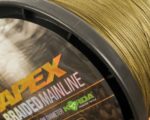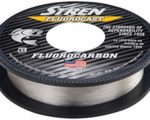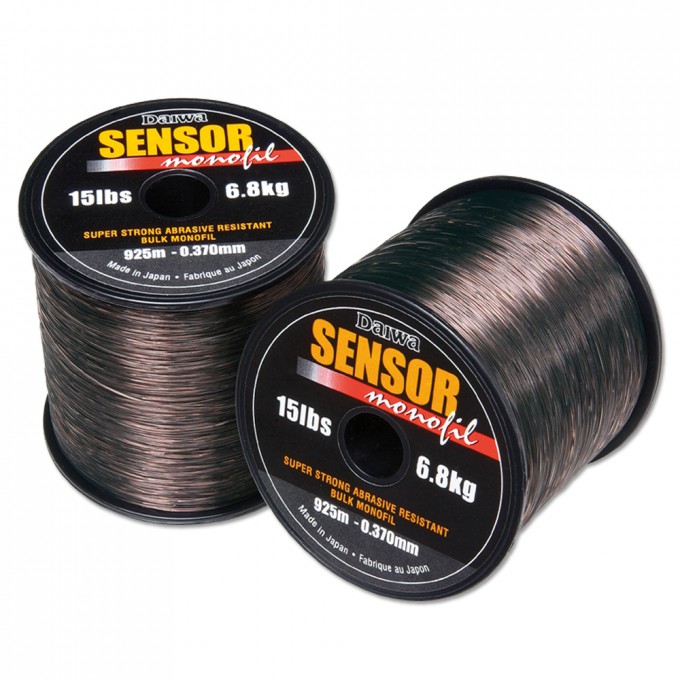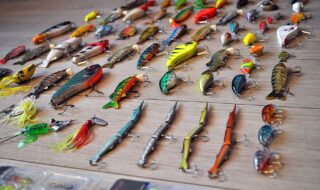If you’re new to fishing, then welcome aboard to this 40,000 year-old skill. People of all eras have always been fishing for food and we know now that fishing also comes with many other benefits like de-stressing, bonding with family, friends and nature, and just an enjoyable hobby altogether.
As a beginner, you’ve already noticed that fishing can involve lots of tools and gear. Here we’ll cover with you today the types of lines used and for what purposes and the factors to keep in mind when choosing, since the choice can seem confusing to beginners.
There are three main types of fishing lines – mono, braid and fluorocarbon
Monofilament
This is the most common type of fishing line. It can be a third to half the cost of other high-end types like fluorocarbon. Advantages of mono include that it’s usually abrasion resistant and has some stretch. Being stretchy could be an advantage making it less likely for the fish to break off, especially when they make lunges when close to the rod tip, but it could also reduce your ability to set a hook when you get a take at distance, or when fishing for species with harder mouths. Mono is thicker for its breaking strain than braid, and is used as a mainline to put on the reel, and as a hooklength. However, you can’t use mono as a hooklength for predatory fish as they can bite through it. You need a wire trace for such circumstances. Mono lines come in sinking or floating and in a variety of colours. It doesn’t cast as far as braid as a rule. Because thicker than braid, you can get less of it on the reel although that’s rarely and issue.

Braid
A braided line is much thinner than a mono so you’d get much more casting on the reel. Because it’s thinner, you get better sensitivity and improve bite detection, which is very useful when fishing at distance and for shy biting species. It has a low or almost no memory and so you don’t get line twist from reeling in like you can with mono, but it you do get a tangle with braid it’s almost impossible to unpick. A sign of a good quality line is how many weaves per inch are there in the line. The more weaves, the better the quality and the longer it should last. Braid has incredible strength for its diameter. It’s ideal for lure fishing when you need to set the hook into the hard mouths of predatory fish. But you will need a leader of some sort. It can also be used as a mainline for shy-biting bottom feeding fish like skimmer bream in coarse fishing, but needs to be used with a mono shock leader so that when you have fish under the rod tip you have enough stretch so the hook doesn’t pull out.

Fluorocarbon
Fluorocarbon is more expensive than the other two types mentioned. Fluorocarbon sinks much better than mono or braid. It’s practically invisible underwater, which is really useful when fishing in clear water. It’s not as abrasion-resistant as monofilament and has less stretch than mono and is therefore more brittle. You can pair up a braid line with a fluorocarbon line as the leader. It can also be used successfully in coarse fishing in clear water for chub and barbel, and as a hooklength when surface fishing. Go to Fishing Picks to check and compare and know more about this type of line and others.
Line Strength to Diameter Guide
0.06mm 12oz
0.07mm 1lb 2oz
0.08mm 1lb 12oz
0.09mm 2lb
0.10mm 2lb 6oz
0.11mm 2lb 14oz
0.12mm 3lb 4oz
0.14mm 4lb 12oz
0.16mm 5lb 10oz
0.18mm 6lb 8oz
0.20mm 7lb 12oz
0.22mm 9lb
0.24mm 10lb 4oz
0.26mm 11lb 6oz






